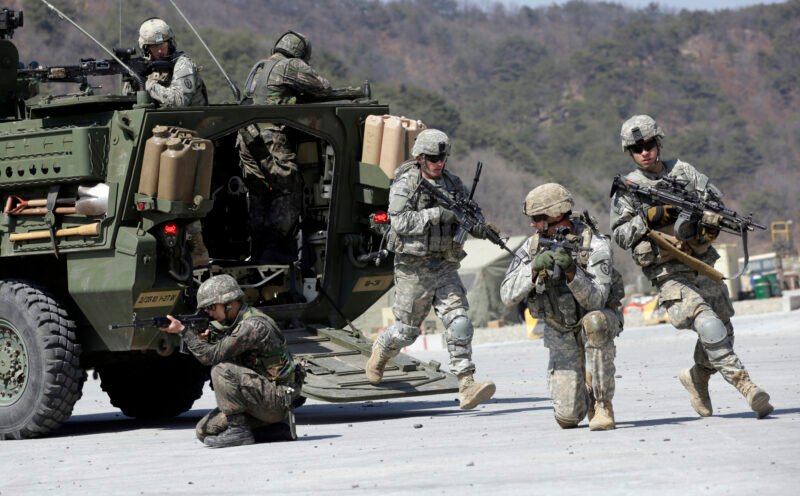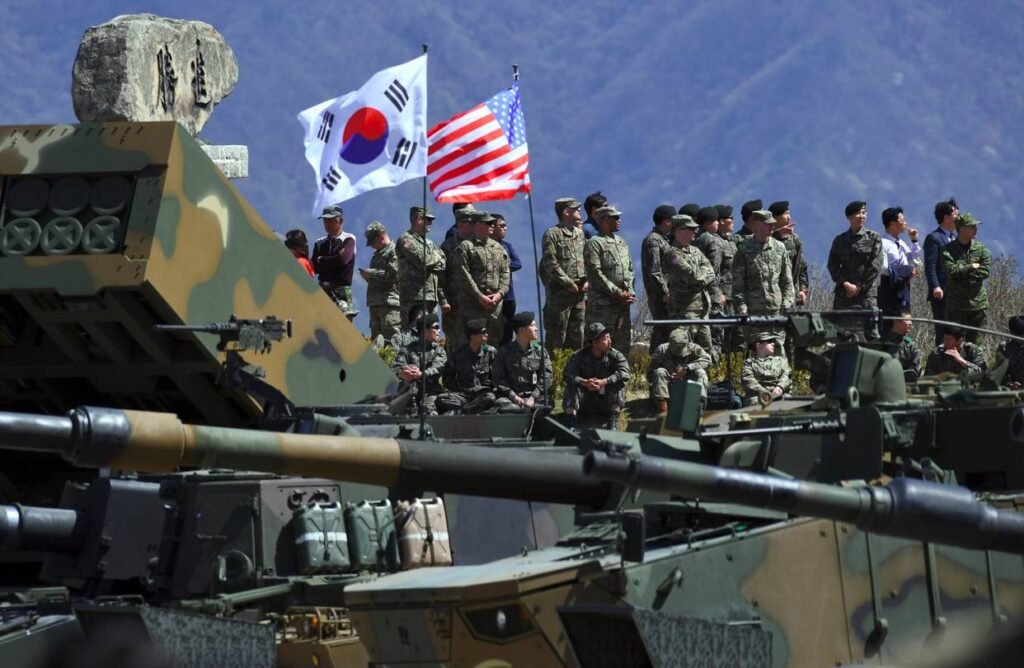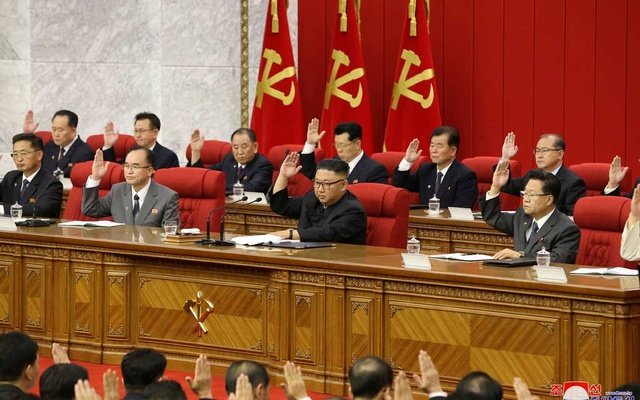US- South Korea conducts the largest joint military exercise after 2017

Key highlights of the drill
- Two allies’ biggest joint drill since 2017.
- First biggest drill of US-ROK in the region after the Russian invasion and Pelosi’s visit.
- Aimed to normalise the joint exercises to maintain regional stability and improve preparedness in the wake of changing patterns of war.
- To counter the provocation by the Democratic People’s Republic of Korea.
August 22, 2022, marks the beginning of the largest joint military drills, since 2017, of the ROK-US alliance in response to North Korea’s increasing volume of missile tests. These joint military exercises, known as Ulchi Freedom Shield, are tri-service drills that include simulated joint exercises and live-fire exercises involving tens of thousands of troops.
Moreover, according to the ROK’s Ministry of National Defense, these joint drills would rebuild the ROK-US alliance and solidify the combined defence posture in the wake of more than 30 North Korean Ballistic Missile launches this year. In addition, during the recent ROK-US defence ministerial talks dated August 25, in association with the joint military drills period, both parties agreed to carry out big-scaled training exercises beginning next year. The allies also agreed to resume the regimental level and above field training, namely joint landing drills and joint carrier strike group exercises, suspended since 2019, to counter any provocation from North Korea. Furthermore, the allied parties describe these joint exercises as a plan to respond to any possible Pyongyang attack. Whereas Pyongyang constantly portrays these drills as a dress rehearsal for the invasion of the territory of the DPRK (Democratic People’s Republic of Korea).

What does this mean to China?
In the wake of South Korea’s strong alignment with the United States, North Korea has been seeking an alliance with its historical ally, China. China implicitly condemned these joint drills as expansionism of the US and its Asian allies on the Korean Peninsula. In addition, the Chinese foreign minister, Wang Yi, expressed concerns regarding the negative impact of the combined drills on the Peninsula and accordingly called for all the parties to prevent engagement in any action that might disrupt the region’s peace and stability.
Moreover, amid rising hegemonic rivalry between China and the United States, the ongoing military drill that includes the US troops has been attracting attention in China. Such as- according to Global Times, the original intention of the United States was to highlight its inevitability in the Asia-Pacific region and establish its hegemonic position in the wake of a rising confrontation with China in the Taiwan strait post-Pelosi’s visit. However, according to Park Won-Gon, a professor at Ewha University, the ongoing exercise is not aimed at establishing US control in the region or stirring up tension but simply carrying out the joint drill with South Korea that has been happening since 2012.
Both schools of thought are right at their respective positions. These joint military drill aims to kill two birds with one stone, establishing the US hegemony and helping the US’s east-Asian strategic-economic partner, South Korea, to counter its immediate threat.

What does this mean to North Korea?
As mentioned earlier, the ROK-US alliance describes these joint military exercises as merely defensive. However, DPRK defines such exercises as a dress rehearsal for war.
Further on, since the inception of these joint exercises in 1976, such drills have been followed by North Korea’s conflictual rhetoric and behaviour. The Ulchi Freedom Shield, along similar lines, drew an angry reaction from North Korea. For instance, when ROK-US allied troops kicked off these combined exercises, DPRK fired two cruise missiles from the West Coast. Moreover, since North Korea deems these JMEs (Joint Military Exercises) as a threat to its existence, the world might witness a rise in its aggression, especially in the context of the country’s nuclear power solidification.
What does this mean to Russia?
As a nation-state bordering the Korean Peninsula, Russia heavily condemned the United States’ interference in the region’s internal matters. Moreover, in a recent news briefing Maria Zakharova, spokeswoman of the Russian Foreign Ministry, emphasized the Chinese- Russian initiatives aimed at resolving the long-standing dispute on the Korean Peninsula
Further, along the line of its Chinese counterparts, the Russians view these joint drills of ROK-US as a US attempt to weaken the region’s autonomy. In addition, Russia views this as an east-expansionist movement similar to NATO undertaken with the sole motive of establishing Uni-polarity in the global world.


















